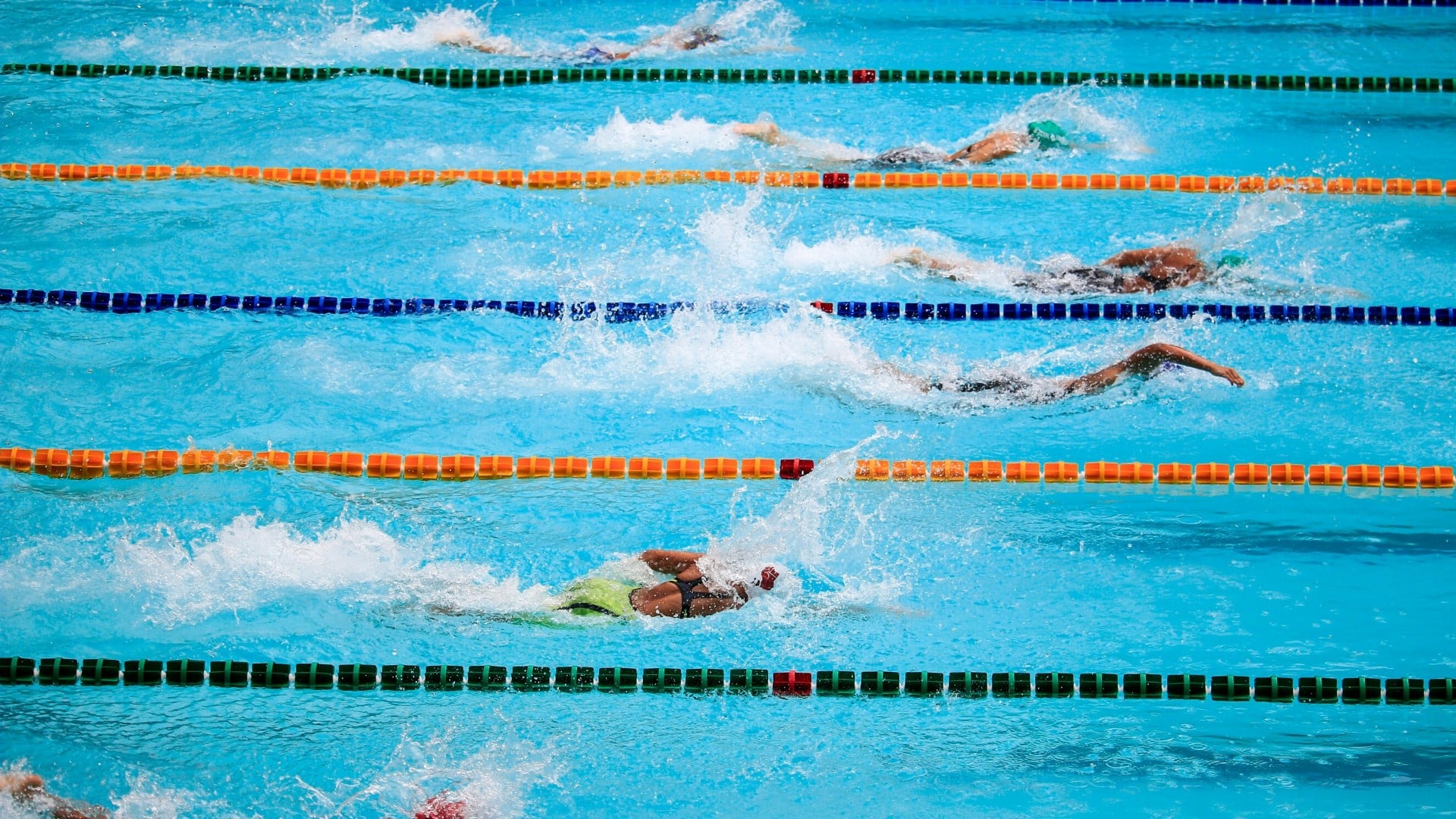Flip Poker
Hot Ale Flips were all the rage at a time when fire pokers were ubiquitous hearth accouterments and warm beer was lauded as tonic. One of the earliest known mixed drinks, the flip was referenced as early as 1695 in William Congreve’s society farce Love for Love: “We’re merry folks, we sailors: we han’t much to care for. Thus we live at sea; eat biscuit, and drink flip.”And though flips were associated with a rough crowd in England (Nathan Bailey’s An Universal Etymological English Dictionary [1721] defines flip as “a sort of Sailor’s Drink”), it was beloved in taverns on the other side of the Atlantic. George Washington was known to drink them in the early years of America.

In those days, ale was often mulled (finding an ice-cold one would’ve been something of a challenge—refrigeration wasn’t invented yet), and doctors prescribed it for indigestion, insomnia and colds. In taverns, flips were often composed of rum or brandy, eggs, molasses or sugar and beer all mixed together in a pitcher and then stirred to a caramelized froth with a hot poker. The poker was eventually replaced with the “ale-warmer,” which consisted of a tin or copper vessel that heated and funneled the drink from the pitcher to the pint. Today, the stove top will do just fine.
Flip Poker Quebec
What is a Poker Coin Flip? For clarity: Naturally, we're not talking about the actual act of flipping a coin here (although many poker players have won and lost large amounts of money doing just that). The poker equivalent of the coin flip is getting it all in against one opponent with your probability of winning approximately 50%. Flip, in those days, was a favourite and fashionable liquor, especially among the New England settlers.Put into a quart of beer a tablespoonful of brown sugar, warm it thoroughly by stirring it round with a red hot poker; add from a gill to half a pint of old Antigua rum; grate on half a nutmeg; our grandfathers thought it a capital beverage.



